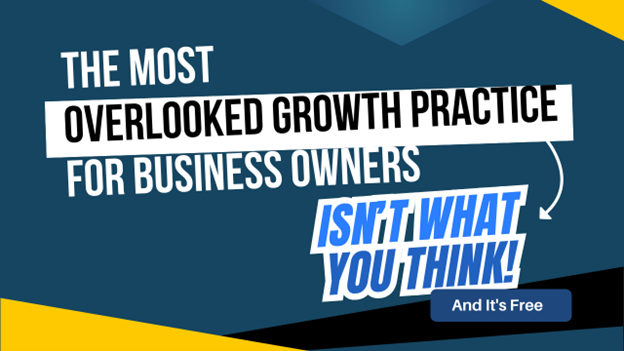Fast-Track Trust: How to Win Customers Quickly
Trust is the cornerstone of customer relationships, driving sales and fostering loyalty. Yet, building that trust swiftly, especially in a competitive landscape filled with countless options for consumers, can be hard. Establishing credibility and rapport takes time and effort. (It’s the one thing you can’t buy at Costco.) But strategic actions can accelerate trust building. By focusing on transparency, communication, and consistently exceeding expectations, you can cultivate trust quickly and effectively. If you want to build trust with current and potential customers, check out these important values.
Transparency
Be upfront and honest about your products, services, and business practices. Clearly communicate your values, mission, and any potential limitations. If someone else is a better fit for what a potential customer is looking for, tell them that. When customers feel they have a clear understanding of your business and your commitment to helping them (sometimes above your own desire to land them as a customer), they're more likely to trust your intentions and buy from you again.
Communication
Engage in open and consistent communication with your audience. Respond promptly to all inquiries and feedback. Actively participate in conversations on social media and other platforms. Show your personality. By being accessible and responsive, you demonstrate a commitment to customer satisfaction (and seem like a real person, not just a finely crafted brand).
Your Word (and Actions)
Nothing erodes trust faster than broken promises or going back on your word. Ensure your products and services live up to the expectations you set. Consistently delivering quality and reliability reinforces your credibility and builds confidence in your brand.
Your word also extends past what you say into what you do. Actions matter, as does past buying experience. Take Amazon, for instance. Is it always the least expensive option? Absolutely not. But many people buy from the mega-retailer over and over because they count on a quick delivery. Think about what you want to be known for and how you might prove that to your customers through your actions.
Social Proof
Share customer testimonials, reviews, comments, and case studies that highlight positive experiences with your business. Potential customers are more likely to trust the opinions of their peers than slick marketing. Encourage satisfied customers to share their feedback online and on social media platforms. Listen on social channels so you know when they’re sharing.
Customer Service
Go above and beyond to meet the needs and exceed the expectations of your customers. Train your staff to be knowledgeable, friendly, and helpful. Address any concerns or issues promptly and professionally.
Coach your staff on anticipating additional questions. For instance, if someone is looking at a small pink shirt and asks if it comes in another color, but you know the other color only comes in a medium, lead with that. Instead of just answering the question by saying, “yes, blue,” anticipate their next question too. Say, “We also have blue but only in a medium. However, we can order a small for you, and it would be here on Wednesday” or “We have it in blue in a medium. They tend to run a little small. Would you like me to show you where it is?” Give all the information you have so the guest doesn’t have to keep asking you question after question. Providing exceptional customer service creates a positive impression, fosters loyalty, and often entices people to talk about their positive buying experience with others.
Personalization
Get to know your customers and their preferences. Tailor your marketing communication and offerings to their specific needs. Personalization demonstrates you value their business and are committed to providing a unique and satisfying experience. It also makes them feel special, something they won’t get from just any business.
Online Presence
Your website and social media profiles are often the first points of contact for potential customers. Many people “visit” businesses online before they go in person. Ensure your online presence is professional, informative, engaging, and up-to-date. Share valuable content, interact with your audience, and showcase your expertise. Save your rants for your pets. At least they won’t hold them against you.
Giving Back to the Community
Engage in philanthropic activities and support local causes that matter to you. Partnering with charities or organizing community events demonstrates your commitment to social responsibility and can resonate with customers who share similar values.
Authenticity
Let your personality and passion shine through in your interactions with customers and potential customers. People are more likely to connect with and trust a business that feels genuine and relatable.
Building trust takes time and effort, but the pay-off is great. Another company can always out price you, but it’s difficult to persuade a customer to do business with someone new when they have a trusted partner they enjoy buying from. By implementing these strategies, you can accelerate the trust-building process and establish lasting relationships with your customers. Remember, trust is an invaluable asset. It leads to increased sales, customer loyalty, and long-term success for your small business.
---------
Christina Metcalf is a writer/ghostwriter who believes in the power of story. She works with small businesses, chambers of commerce, and business professionals who want to make an impression and grow a loyal customer/member base. She loves road trips, hates exclamation points, and is currently reading three books at once.
_______________________________________
Medium: @christinametcalf
Facebook: @tellyourstorygetemtalking
Instagram: @christinametcalfauthor
LinkedIn: @christinagsmith




